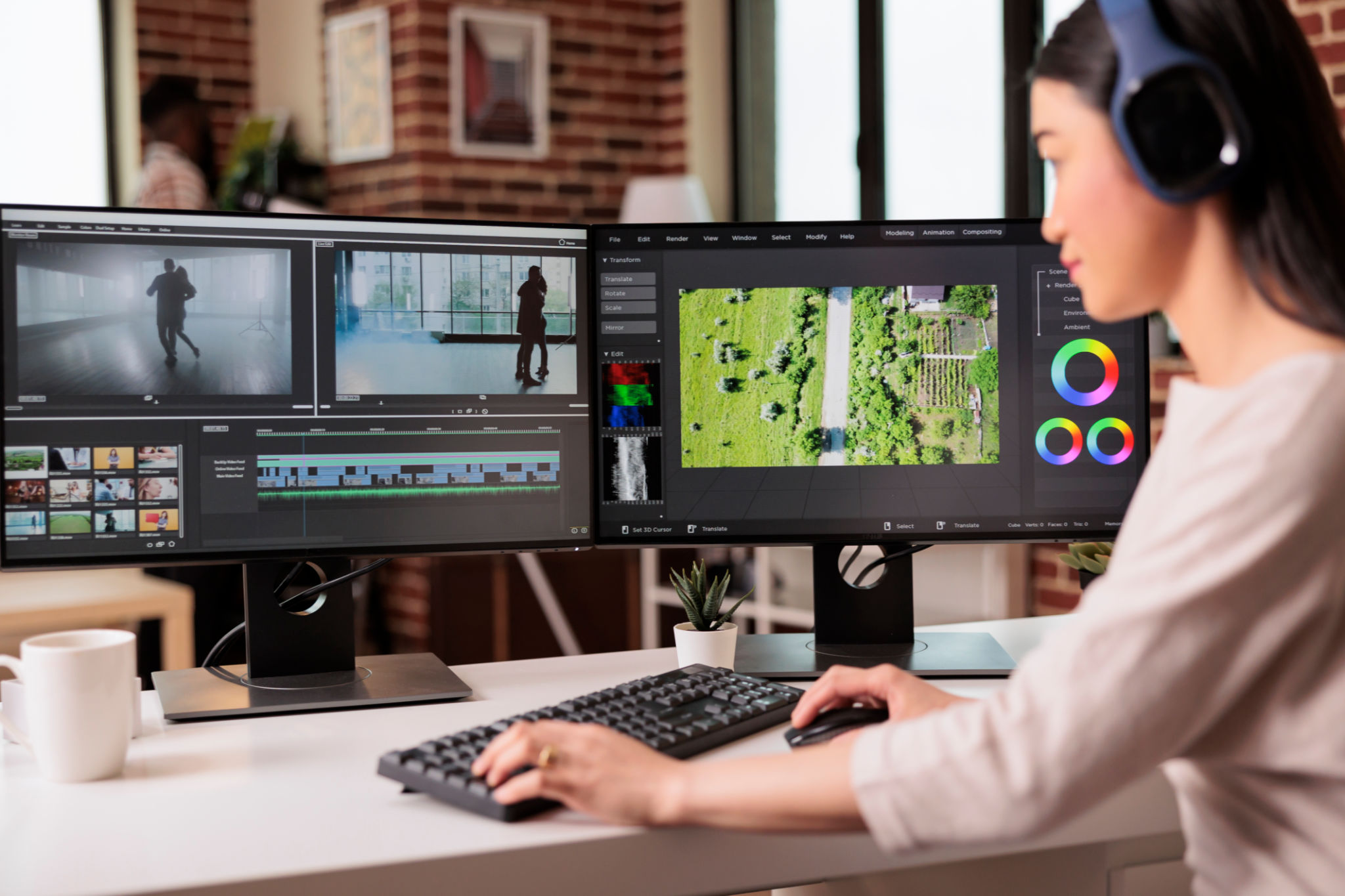Comparing Color Grading Techniques: A Professional’s Perspective
Understanding Color Grading
Color grading is an essential part of the post-production process in filmmaking and photography. It involves adjusting the colors of an image or video to achieve a desired aesthetic or mood. This process can significantly affect the final look and feel of a project, making it crucial for professionals to understand the various techniques available.
There are several methods of color grading, each with its own advantages and challenges. From traditional methods to modern digital techniques, choosing the right approach can be daunting. This post explores these techniques from a professional standpoint, offering insights into their applications and effectiveness.

Traditional Techniques
Before the advent of digital technology, color grading was done through photochemical processes. This involved physically altering the film stock with chemicals to change its color properties. While effective, this method was labor-intensive and required a deep understanding of chemistry and film science.
Another traditional technique involved using filters during shooting or in the lab to achieve specific color effects. Although less flexible than digital methods, these techniques laid the groundwork for modern color grading practices.
Digital Color Grading
With the rise of digital technology, color grading has become more accessible and versatile. Software tools like DaVinci Resolve, Adobe Premiere Pro, and Final Cut Pro have revolutionized the process, allowing for precise adjustments and creative experimentation.

Digital color grading offers several advantages, including greater control over specific elements within an image or video and the ability to work non-destructively. Professionals can now experiment with different looks without permanently altering the original footage, making it easier to find the perfect balance.
Techniques in Digital Color Grading
Within digital color grading, several techniques are commonly used by professionals. These include:
- Primary Color Correction: Adjusting the overall balance of colors in an image or video.
- Secondary Color Correction: Targeting specific colors or areas for adjustment without affecting the rest of the image.
- Look Creation: Developing a unique visual style or mood through creative color adjustments.
Each of these techniques serves a different purpose and can be combined to achieve complex grading tasks. Mastery of these methods can greatly enhance the storytelling aspect of a project.

The Role of LUTs
Look-Up Tables (LUTs) play a significant role in modern color grading. A LUT is a pre-defined set of color adjustments that can be applied to an image or video to quickly achieve a specific look. Professionals often use LUTs as starting points, then fine-tune the results to suit their vision.
LUTs are especially useful for ensuring consistency across multiple shots or scenes, saving time while maintaining a cohesive aesthetic. However, relying solely on LUTs can limit creative potential, so it's important to use them judiciously.
The Importance of Professional Expertise
While software tools and LUTs have made color grading more accessible, professional expertise remains crucial. Understanding the theory behind color science and having an artistic eye are key factors that distinguish novices from experts. Successful color grading requires both technical skill and creative intuition.
A professional's perspective on color grading involves not only knowing how to use tools but also understanding when and why to apply certain techniques. This expertise is what ultimately brings a director's vision to life on screen, captivating audiences and enhancing the emotional impact of a story.

Conclusion
In conclusion, comparing color grading techniques reveals how both traditional and digital methods offer unique benefits. As technology continues to evolve, professionals have more tools at their disposal than ever before. However, mastering these tools requires dedication and a deep understanding of both technical processes and artistic goals.
Whether working on a major film production or an independent project, harnessing the power of color grading can elevate any visual work. By combining technical skills with creative insight, professionals can deliver stunning results that resonate with audiences worldwide.
